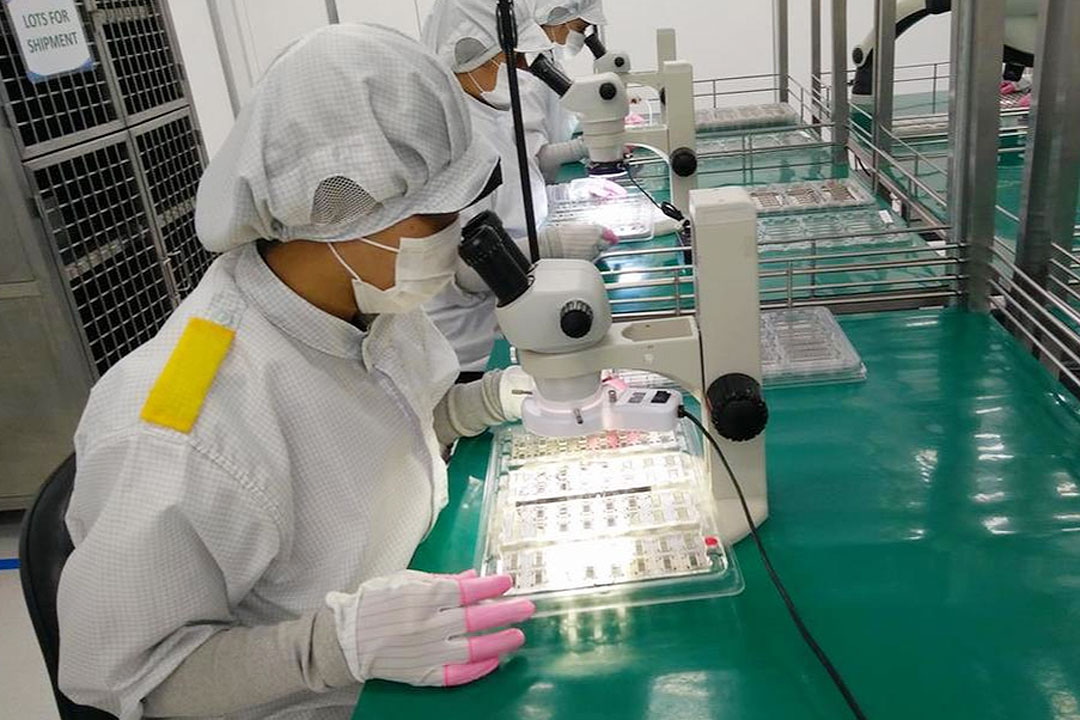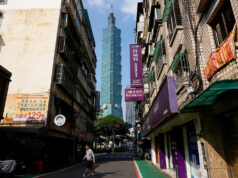Technology to spur GDP growth of 4.9% this year — Citi

By Luz Wendy T. Noble and Revin Mikhael D. Ochave, Reporters
THE PHILIPPINE ECONOMY is expected to bounce back with a 4.9% growth this year, backed by sectors that have benefited from technology-enabled businesses, according to Citigroup, Inc.
“For gross domestic product (GDP), we are looking at around 5% for 2021,” Fernando Fleury, Citi Philippine Head of Banking, Capital Markets and Advisory, told an online news briefing on Tuesday.
Based on a report shared by Citi after the briefing, the bank’s growth forecast for the Philippines this year is 4.9%.
The estimate matches the upper end of the government’s 4-5% growth target for the year and will be a turnaround from the 9.6% record contraction last year.
“It’s actually meaningfully higher as most of the developed world, so we’re very bullish and positive on the Philippines,” Jan Metzger, Citi Asia-Pacific Head of Banking, Capital Markets and Advisory said.
Citi expects the economy to grow by 6.8% next year, still below the state’s 7-9% target.
“You will see a lot of ongoing tech disruption,” Mr. Metzger said “The healthcare and consumer [industries] will also be extraordinarily active.”
Another emerging industry that would probably experience a boom is digital infrastructure including towers, data centers and fiber networks, Mr. Fleury said, adding that growth prospects were looking good for 2022 and 2023.
“Until this moment, these businesses have been primarily owned by the telcos,” he said. “But more and more, we’re seeing like an increasing interest from our multinational clients, and from the local corporates as well, into developing that business.”
Mr. Fleury said they expect banks to boost their lending next year, allowing more economic activities to flourish.
“We should see all Filipino banks extremely liquid,” he said, adding that credit growth involving companies could be faster.
Bank lending, which fuels capital formation, rose by 2.7% year on year in September, the second straight month of growth after shrinking for eight consecutive months since December 2020. Borrowings for productive activities rose by 4.4% but consumer loans continued to fall by 7.8%.
The Philippine economy expanded by 7.1% last quarter, bringing year-to-date growth to 4.9%.
Meanwhile, the Philippine electronics industry has raised its growth forecast for the sector to 10% from 7% this year amid stronger global demand.
“Given the global and local trends and conditions, the board of trustees evaluated the condition of the semiconductors and electronics industry in our last board meeting, and made an overall growth forecast of 10% for 2021,” Glenn Everett, chairman of the Semiconductor and Electronics Industries in the Philippines Foundation, Inc. (SEIPI) said at the group’s general membership meeting on Tuesday.
He said global semiconductor sales increased by 27.6% to $48.3 billion in September, which suggests a strong global demand for chips. “There is little sign that this demand is slowing,” he said at the virtual meeting that was open to media.
Mr. Everett said the growth of the country’s electronics industry next year would depend on improvements in logistics and efforts to reopen the Philippine economy amid the coronavirus pandemic.
In August, SEIPI kept its 7% growth forecast for 2021 amid lockdowns spurred by a fresh surge in coronavirus infections tied to a more contagious Delta variant.
Lockdowns in Metro Manila have since been eased after a continued decline in COVID-19 cases, allowing more businesses to boost their operating capacities.
SEIPI President Danilo C. Lachica said the semiconductor and electronics industry had experienced growth during the pandemic.
He said the country’s electronic exports as of September had risen by 17.3% to $34.12 billion, accounting for 61.3% of total Philippine commodity exports worth $55.68 billion.
“At this rate, we may exceed $45 billion, which is actually higher than the $43.3 billion recorded during pre-pandemic times,” Mr. Lachica told the group’s meeting.
He said Philippine electronic imports as of September had reached $23.22 billion, accounting for 27% of the country’s total imports worth $84.87 billion.
He also said SEIPI was lobbying for the refund of fines and penalties imposed after copper limits were adjusted under wastewater standards.
“It is still an uphill battle,” he said, adding that they have sought the help of the Anti-Red Tape Authority to get the refund from the Environment department.
SEIPI in September said the agency had adjusted the limit to 1 milligram per liter of total copper from the previous 0.04 milligram per liter limit.



